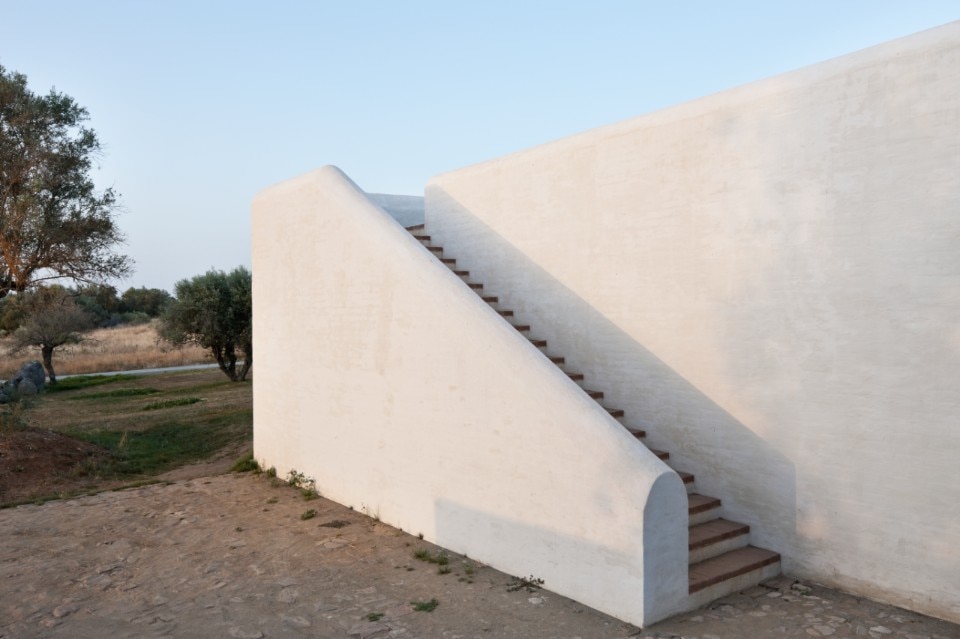



from 23 July to 16 October 2016
opening Saturday 23 July, at 7 PM
Anime Architecture
Tchoban Foundation
Museum for Architectural Drawing
Christinenstraße 18a, Berlin

Klimahouse 2025: twenty years of sustainability
Now in its 20th edition, the international trade fair dedicated to responsible construction, energy efficiency and building renovation will be held in Bolzano from 29 January to 1 February.



























